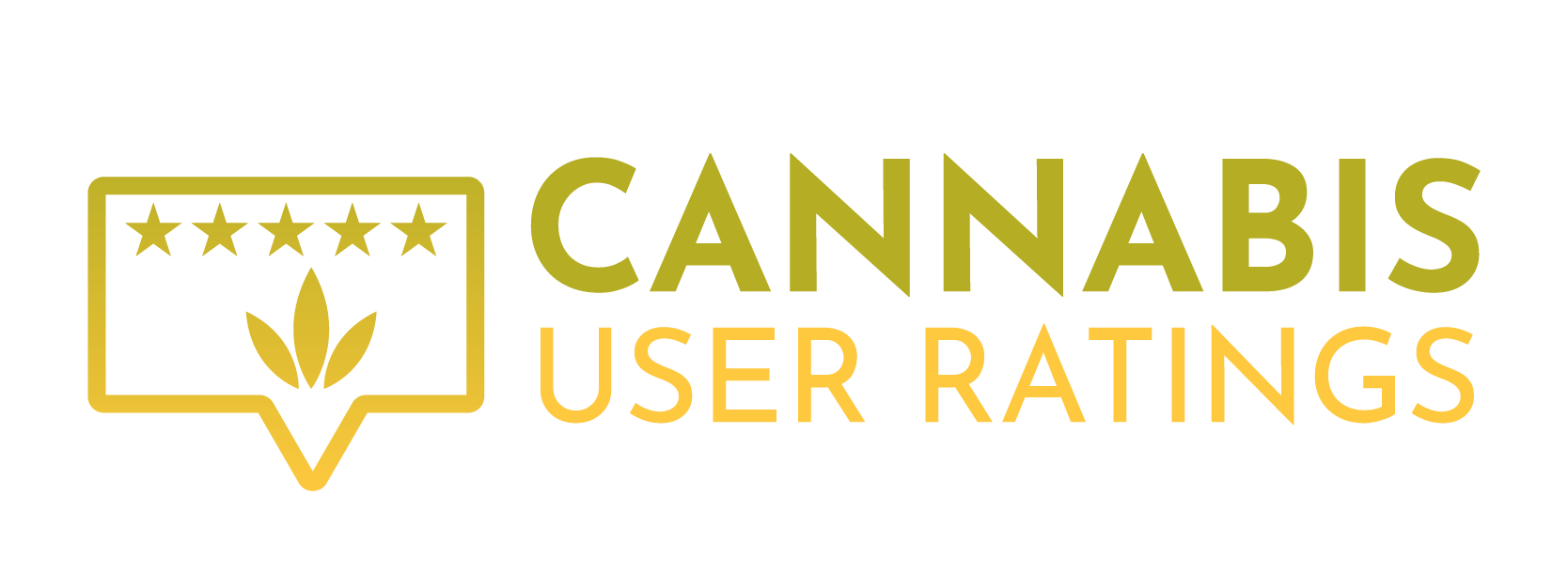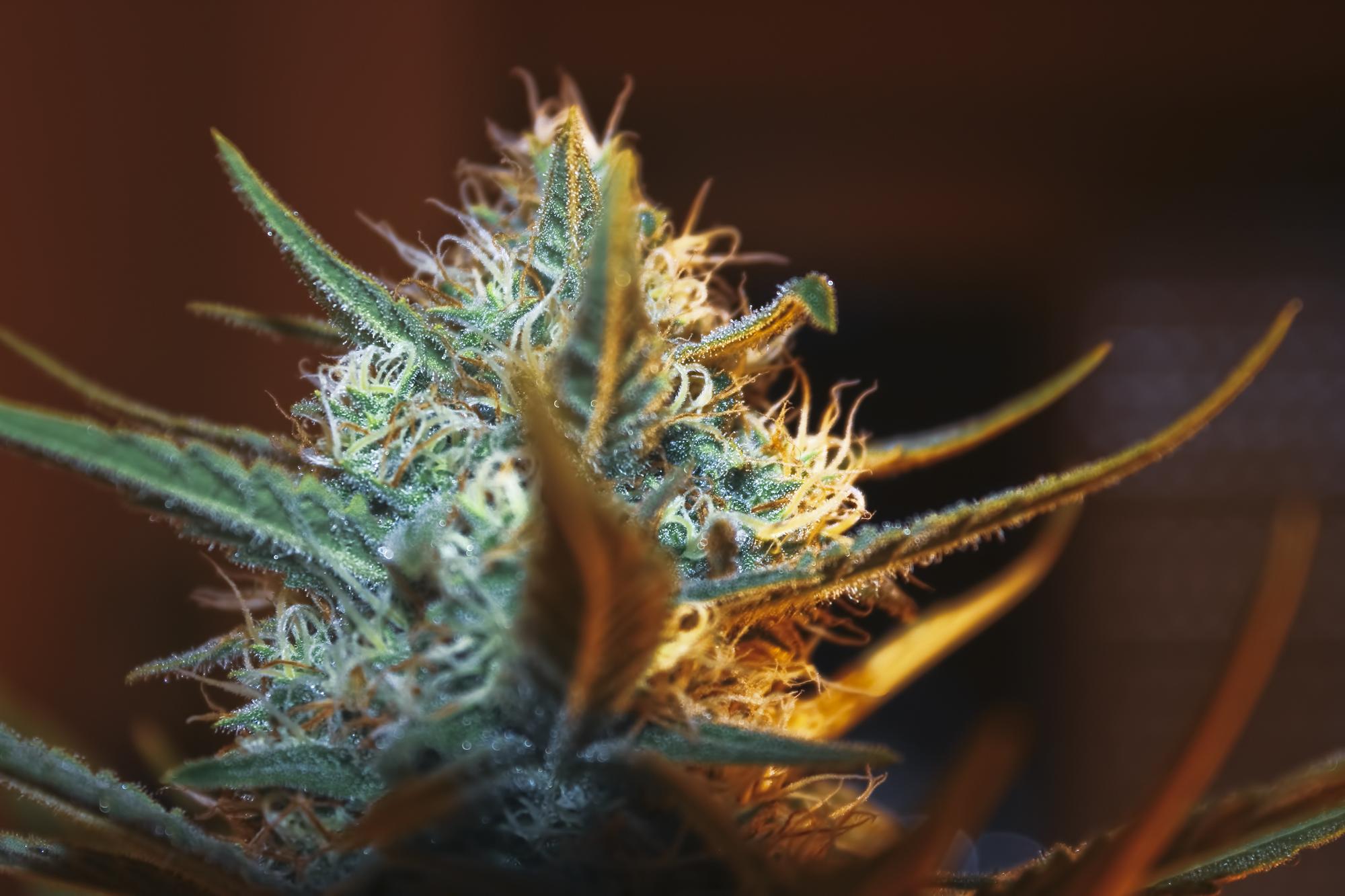Here’s the short answer: yes—certain cannabis products do see seasonal spikes not only in sales but also in consumer ratings, driven by fresh supply cycles (“Croptober”), holiday deal-making, use-case seasonality (summer socializing vs. winter hibernation), and product-specific “holidays” like 4/20 and 7/10. Below is how the pattern shows up—and why ratings often rise alongside volume.
In spring, 4/20 remains the industry’s biggest demand accelerator. Reports show the week of April 20 delivered ~28–29% higher average daily sales in 2023–2024 versus non-holiday weeks, with 4/20 itself far outpacing any typical day. When traffic jumps while discounting is controlled, retailers tend to move newer, promotional inventory and gather more reviews—which can skew positive when shoppers feel they’re getting value. Categories most affected include pre-rolls and flower, the impulse-friendly items people share at gatherings.
Summer brings a distinct shift toward social and sessionable formats, especially beverages. Industry analyses show beverages as a small but fast-growing category that over-indexes in warm months; seasonal reports have documented a summer spike in beverage purchasing that tapers as weather cools. Consumers evaluating weed drinks often rate them on approachability and alcohol-replacement utility—factors that shine at barbecues, concerts, and beach days—supporting higher average ratings during peak use contexts.
July 10 (“7/10,” or “OIL” backward) is the concentrates moment. Guidance to brands around 7/10 strategy underscores that extracts see decisive midsummer lifts; recaps citing retailer analytics likewise highlight large one-day gains. Concentrate enthusiasts are highly engaged reviewers, and limited, terp-forward drops tied to 7/10 can attract favorable ratings when potency, flavor, and texture land.
Early fall introduces “Croptober,” when outdoor harvests hit shelves. Fresh, aromatic flower enters the market, often at compelling price-to-quality ratios. Operators note that Croptober materially expands supply, and cultivator resources describe October as peak harvest. Freshness and terpene expression are core review drivers for flower; it’s common to see ratings rise on new-crop jars and pre-rolls right after harvest, before the market normalizes.
The year closes with the “deal season”: Green Wednesday (the day before Thanksgiving), the Thanksgiving weekend, and December holidays. Market reports show Green Wednesday as the second-busiest period after 4/20, with notable lifts in orders and category participation. Holiday analysis shows edibles enjoy disproportionate boosts during winter holidays—think gifting, discreet consumption around family, and sleep/help-with-stress routines—all factors correlated with favorable consumer feedback. Within edibles, chocolate and sleep-positioned SKUs (including CBN-containing formats) have seen strong seasonal traction, which can pull average ratings up when products align with cold-weather comfort needs.
One more macro driver: general cannabis use edges higher in Q4 in population-level surveys, which likely increases review volume and the share of occasion-fit purchases—both of which can nudge ratings upward when products meet seasonal expectations.
Taken together, seasonal demand spikes cluster around: (1) value-rich holidays that amplify discovery and reviews, (2) climate and social calendars that favor certain formats (beverages, pre-rolls), and (3) supply cycles that refresh quality (Croptober). Brands that time launches and promotions to these windows tend to see not just more sales—but better star averages.

